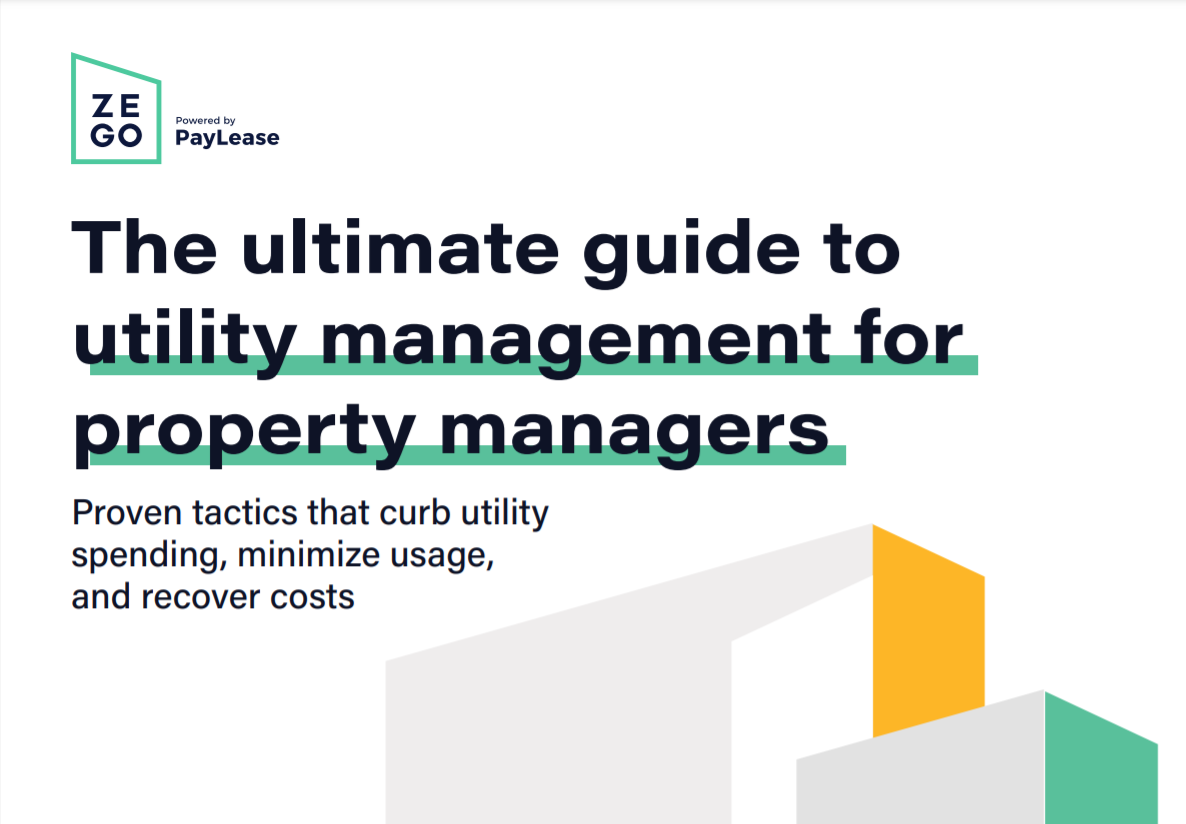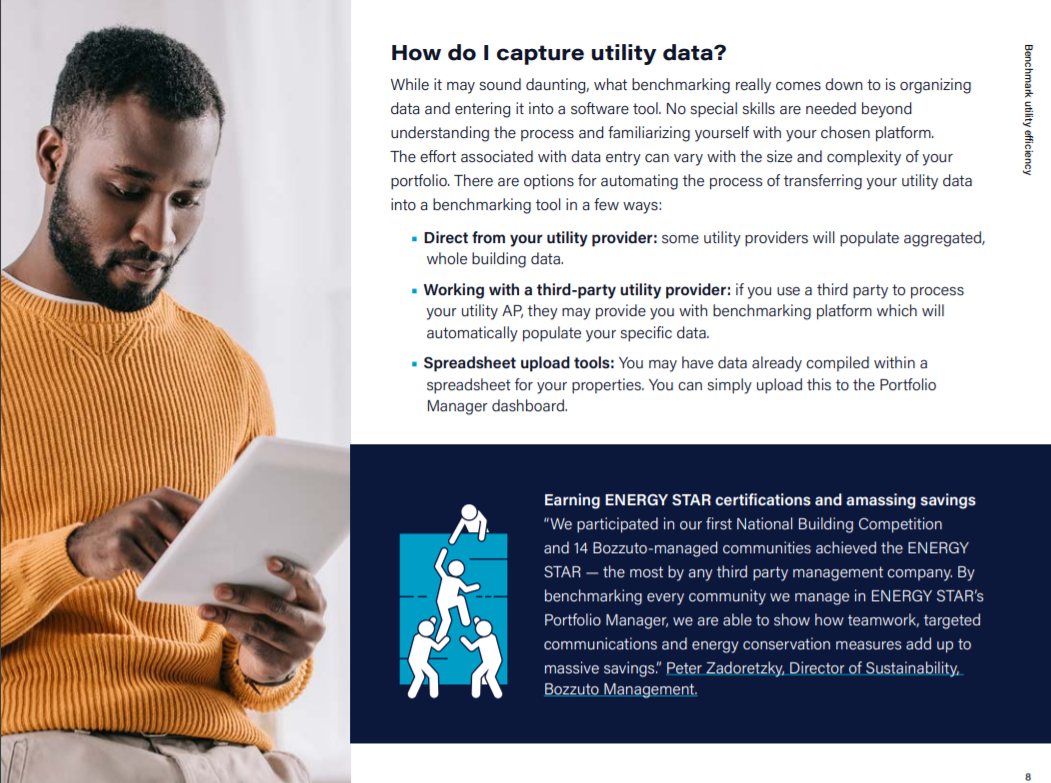The top 3 utility accounts payable mistakes multifamily companies make
Don’t let these utility accounts payable mistakes negatively impact your multifamily utility management strategy.
There are several ways to minimize utility costs at your multifamily communities. Usually, the tactics property managers use first involve lowering utility usage. Or finding ways to make their buildings more efficient. But some of the most effective utility management strategies don’t involve those things at all. They are centered on the utility accounts payable process instead.
You might be surprised to learn that one area ripe with unnecessary costs are utility accounts payable. The process of paying your utility bills might seem straightforward. But in reality, there are many opportunities for you to overspend on utilities when it’s time to pay up.
When it comes to utility accounts payable mistakes, our team at Zego (Powered by PayLease) knows there are three pitfalls that cause excessive spending. If any of the following scenarios are recurring themes within your organization, you should rethink your AP workflows. Or, you can work with a utility expense management company to cut down those costs. Either way, here’s what you should avoid to cut down these costs.
What is utility accounts payable for multifamily?
Utility accounts payable in multifamily refers to the process of managing and paying utility bills for your properties. It involves the tracking and processing of invoices from utility providers for services such as electricity, water, gas, and waste management.
The utility accounts payable department or utility expense management provider is responsible for verifying the accuracy of invoices, reconciling them with utility consumption data, and ensuring timely payment to utility providers. By effectively managing their utility accounts payable, property managers can streamline operations and optimize cost control measures.
However, there are three utility accounts payable pitfalls that cause excessive spending.
- Paying late fees on property utility bills
- Not auditing utility bills for errors
- Utility theft from new residents, intentional or not
If any of the following scenarios are recurring themes within your organization, you should rethink your AP workflows. Here’s what you should avoid to cut down these costs.
Utility accounts payable mistake #1: Paying late fees on property utility bills
Your utility accounts payable department receives more utility invoices than any other kind of bill. Depending on the size of your portfolio, you have hundreds – maybe thousands- of utility bills per month. To complicate it, most utility invoices have a fairly short payment window. That leaves your associates rushing to make each of those payments on time.
Another common scenario? Sometimes your utility invoices don’t arrive at all. Then it’s up to your associates to track down what’s missing. That wastes valuable time. Between the short payment window and missing invoices, it’s easy to get dinged with late fees.
Here’s some perspective on utility late fees. Many utility companies assess fees that are equal to a 12-, 18-, 24-, or 36-percent annual interest rate. In other words, utility late fees are steep. And they add up in a major way. It’s incredibly important to your NOI that utility invoices are always paid in a timely manner.
FREE DOWNLOAD Proven tactics to lower utility usage, recover costs, and curb spending at multifamily properties.


Ultimate Guide to Utility Management
Utility accounts payable mistake #2: Utility bills not being audited for errors
When you have a mountain of utility bills, your top priority might be to pay them as quickly as possible. For the sake of time, your associates may forgo auditing each bill for errors.
That can result in a mountain of unnecessary charges. A study done by Engie, one of the nation’s largest utility billing auditors, found at least 17% of utility invoices contain an error. With all the invoices your firm receives, it’s likely many have errors that go unnoticed.
Even if there are no human errors, invoice audits may clue you in on potential problems across your communities. Let’s say your invoice indicates usage was higher than normal. That can be the first sign of a malfunction or leak within the property. If you know usage is abnormal, then you can have maintenance staff look for problems before it escalates into something more costly.
The bottom line is that invoice audits are a valuable practice that leads to cost savings. Energy experts have a rule of thumb about audits. They recommend that multifamily organizations with monthly energy costs greater than $5,000 per month leverage utility bill audits. Experts that are knowledgeable about billing rates and usage will likely uncover errors, recover lost money, and alert you to malfunctioning equipment.
Utility accounts payable mistake #3: Utility theft goes unnoticed
New residents don’t always transfer utility services into their name in a timely manner. Sometimes it slips their mind. Other times, it may be intentional to avoid paying for their utility services. Whatever the case, this is called utility theft.
Utility theft can cost property management companies thousands of dollars per year. But by performing vacant unit cost recovery, you’ll know when you’re footing the bill for your residents. Regularly monitoring for utility theft results in tremendous savings.
Here’s an example from Buildings. They calculated that one multifamily firm with 120 communities recovers about $6 million per year by actively monitoring for utility theft. We know it’s a daunting task to monitor to compare move in/out dates for each resident with your utility bills. But the savings recovered is well worth it.
Evaluate your utility accounts payables
When it comes to your utility accounts payables, Zego Utility Expense Management can help cut down these costs. Schedule a demo to evaluate your utility management process.